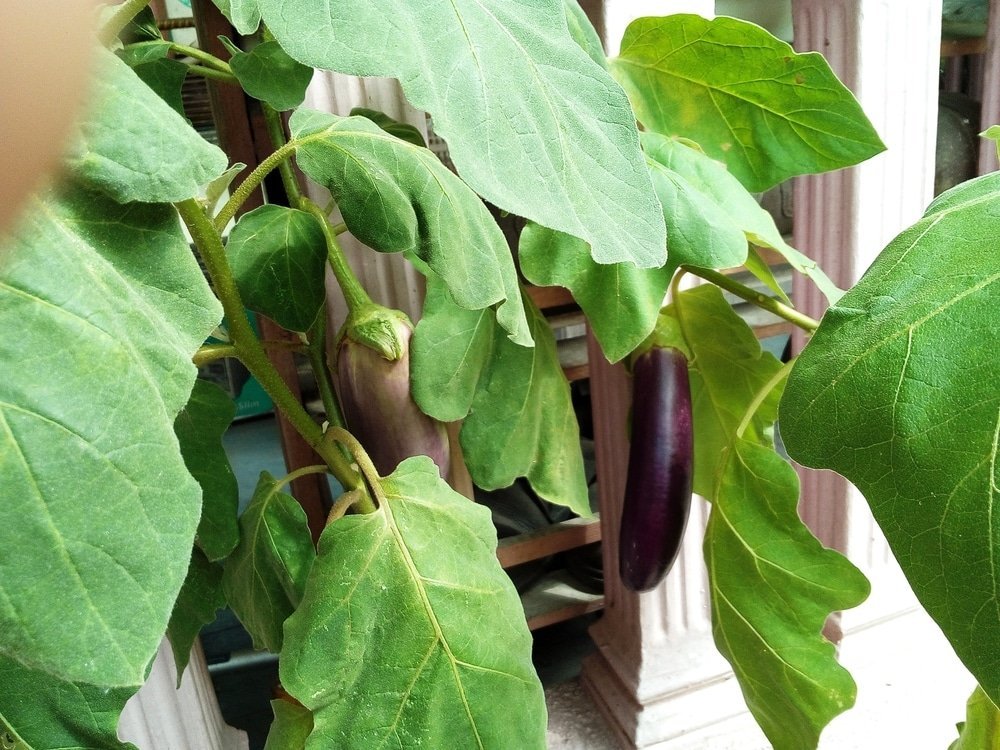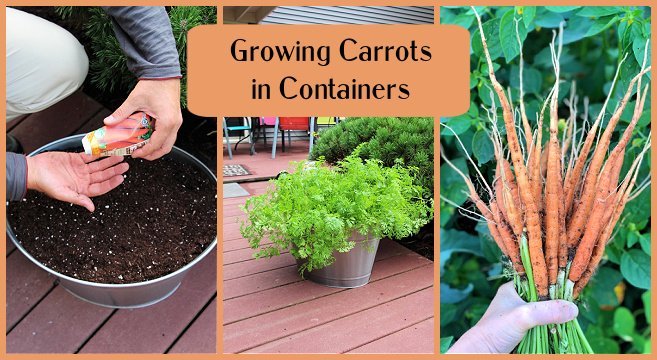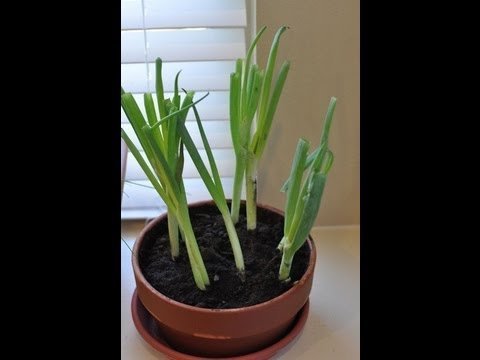how to grow japanese eggplant in a pot – [Beginners Guide]
Japanese eggplant is a popular vegetable for home gardeners. Not only does it taste delicious, it’s also attractive and easy to grow. If you’re looking for a low-maintenance vegetable to grow in a pot, you can’t go wrong with Japanese eggplant!
Growing eggplant in pots has many advantages. Firstly, it’s a great way to maximize space in small gardens or balconies. Secondly, you can control the soil quality and water easily. Lastly, you can move the pots around to optimize exposure to sunlight, which is important for the growth of eggplants.
I’ve grown Japanese eggplants in pots myself, and I can vouch for how easy it is. They grow quickly and yield a good amount of fruit. Plus, they’re simply beautiful to look at! If you’re looking for a fun and productive hobby, give Japanese eggplant growing a try.
Pot or container selection
When growing Japanese eggplant in pots, it’s important to choose the right type of pot. A deep and sturdy container is ideal. A pot that is at least 12 inches deep and 12 inches wide will provide enough space for the eggplant’s roots to grow and allow the plant to grow tall and healthy.
In terms of capacity, a pot that holds at least 5 gallons of soil is ideal. The bigger the pot, the better, as this will allow the eggplant to grow more roots and, in turn, produce more fruit. A pot that is too small will restrict the growth of the eggplant, making it more susceptible to diseases and pests.
The pot construction should be durable and able to handle the weight of the soil and the plant. A heavy-duty plastic or terracotta pot is ideal, as it will not crack under the weight of the soil and the plant. It’s also important to choose a pot with good drainage, as eggplants are sensitive to water-logging and can quickly develop root rot if the soil stays too moist for too long.
Make suitable soil mix
The type of soil mix you use when growing Japanese eggplants in pots is important for their health and growth. A well-draining, fertile soil mix is essential for the eggplants to thrive. A good soil mix should be able to hold moisture, but also allow excess water to drain away easily to prevent root rot.
A good soil mix for Japanese eggplants should consist of equal parts potting soil, compost, and perlite or sand. The potting soil provides a base that holds moisture and nutrients, while the compost adds organic matter and additional nutrients. The perlite or sand helps to improve drainage and aeration, which is important for the eggplants’ roots to receive adequate oxygen and prevent water-logging.
It’s also important to keep the soil pH between 6.0 to 6.5, which is slightly acidic to neutral. This will provide optimal growing conditions for the eggplant and help prevent issues such as stunted growth and yellowing of leaves. You can easily test the soil pH with a soil test kit and adjust it by adding garden lime or sulfur as needed.
How to plant the japanese eggplant?
Planting Japanese eggplant in a pot at home is a simple process that can be completed in just a few easy steps:
- Prepare the Pot: Fill the pot with a well-draining soil mix and water it well. Make sure that the pot has drainage holes at the bottom to allow excess water to drain away.
- Choose Healthy Seedlings: Select healthy seedlings from your local garden center or nursery. Look for seedlings that are about 8 inches tall and have sturdy stems and green leaves.
- Plant the Seedling: Dig a hole in the soil that is slightly larger than the root ball of the seedling. Carefully remove the seedling from its container and place it in the hole. Fill in the soil around the seedling, gently tamping it down to remove any air pockets. Water the soil well to help the seedling settle in.
- Provide Support: Japanese eggplants have a tendency to grow tall and require support to keep them upright. You can provide support by staking the plant or tying it to a tomato cage. This will prevent the plant from falling over and breaking when it becomes heavy with fruit.
- Maintain Watering and Fertilizing: Water the soil when it feels dry to the touch, about once or twice a week. Do not let the soil become water-logged, as this will cause root rot. Fertilize the soil every 2-3 weeks with a balanced fertilizer to help the eggplant grow and produce fruit.
By following these simple steps, you can easily grow healthy and productive Japanese eggplants in pots at home!
How to care for japanese eggplant?
Watering Requirement
Japanese eggplants require regular watering to grow optimally. Make sure to water the soil whenever it feels dry to the touch, about once or twice a week. Be careful not to over-water, as too much water can lead to root rot and harm the plant. When you water, make sure to water the soil thoroughly, ensuring that the water reaches the roots of the plant.
Fertilizer Requirement
Japanese eggplants benefit from regular fertilization to promote growth and fruit production. Use a balanced fertilizer every 2-3 weeks to provide the plant with the nutrients it needs. You can use a granular fertilizer or a liquid fertilizer, following the instructions on the product label.
Sunlight Needs
Japanese eggplants need plenty of sunlight to grow and produce fruit. Place the pot in a location that receives at least 6 hours of direct sunlight each day. If you live in a hot climate, it may be necessary to provide some shade during the hottest part of the day to prevent the plant from becoming stressed.
Pruning & Training
Japanese eggplants have a tendency to grow tall and require support to keep them upright. Regular pruning and training can help keep the plant compact and encourage it to produce more fruit. Pinch back the tips of the plant regularly to promote branching and remove any yellow or damaged leaves.
Additional Care
- Check for Pests: Keep an eye out for common eggplant pests such as aphids, whiteflies, and spider mites. If you notice any pests, remove them by hand or use an insecticidal soap to control them.
- Stake the Plant: Japanese eggplants have a tendency to grow tall and require support to keep them upright. Stake the plant or tie it to a tomato cage to prevent it from falling over and breaking when it becomes heavy with fruit.
- Remove Flowers: If the weather is hot and dry, the plant may produce flowers but not fruit. In this case, it’s best to remove the flowers to conserve the plant’s energy and encourage it to focus on producing fruit when the weather improves.
By following these care instructions, you can keep your Japanese eggplant healthy and productive, and enjoy a bountiful harvest!
Common problems
Pests and Insects
Japanese eggplants are susceptible to various pests and insects, such as aphids, whiteflies, spider mites, and flea beetles. These pests can damage the plant and reduce the quality and quantity of the fruit. To control pests, remove them by hand or use an insecticidal soap. You can also use companion planting and floating row covers to prevent pests from accessing the plant.
Diseases
Japanese eggplants are prone to several diseases, such as verticillium wilt, early blight, and alternaria leaf spot. These diseases can cause the plant to wilt, yellow, and eventually die. To prevent diseases, make sure to plant your eggplant in a well-draining soil mix, water the soil rather than the leaves, and avoid overcrowding the plant. If you notice any signs of disease, remove and dispose of the affected plant parts to prevent the disease from spreading.
Poor Production
- Under-Watering: Japanese eggplants require consistent and regular watering. If you don’t water the plant enough, it may wilt, become stunted, and produce less fruit.
- Over-Fertilizing: Too much fertilizer can lead to foliage growth at the expense of fruit production. Use a balanced fertilizer every 2-3 weeks and follow the instructions on the product label.
- Lack of Sunlight: Japanese eggplants need plenty of sunlight to grow and produce fruit. Make sure to place the pot in a location that receives at least 6 hours of direct sunlight each day.
By preventing these common problems, you can keep your Japanese eggplant healthy and productive, and enjoy a bountiful harvest!
Harvesting & storing homegrown japanese eggplant
Harvesting
Japanese eggplants are ready for harvesting when they are firm, glossy, and 4-6 inches in length. The best time to pick eggplants is in the morning, when they are at their peak of freshness. To harvest, gently twist the eggplant from the stem or use a sharp knife to cut it away. Don’t pull the eggplant, as this can damage the plant and decrease future fruit production.
Storing
Japanese eggplants are best used soon after harvesting. If you have an abundance of fruit, store them in the refrigerator for up to 3-5 days. Wrap the eggplants in plastic wrap to help maintain their freshness. If you want to store the eggplants for a longer period, consider preserving them by pickling, canning, or freezing.
When are they ready for harvesting?
- Color: The skin of the eggplant should be shiny and smooth, with no signs of dullness or roughness.
- Size: Japanese eggplants are typically ready for harvesting when they reach 4-6 inches in length.
- Firmness: The fruit should be firm to the touch and shouldn’t have any soft spots or indentations.
By following these guidelines, you can ensure that your Japanese eggplant are ripe and ready for harvesting, and that you get the most from your homegrown crop!
Growing japanese eggplant in container – Conclusion
Conclusion
Growing Japanese eggplants in a pot is a fun and rewarding experience that provides you with fresh and tasty vegetables right from your own home. With a little patience, attention to detail, and following the steps outlined in this guide, you can grow healthy and productive plants that will yield a bountiful harvest.
Key takeaways:
- Choose the right pot size and type to suit your Japanese eggplant.
- Use the correct soil mix and make sure it’s well-drained and has good fertility.
- Water your plants regularly, fertilize them as needed, and provide them with ample sunlight.
- Prune and train your plants for optimal growth and production.
- Harvest and store your eggplants properly to ensure their freshness and longevity.
With the right care, you can enjoy the delicious and nutritious fruits of your labor. So why not try growing Japanese eggplants in a pot today?








